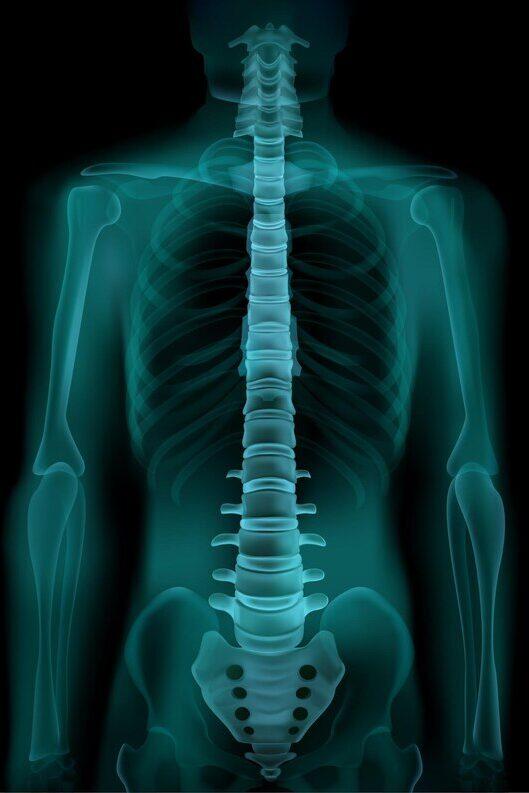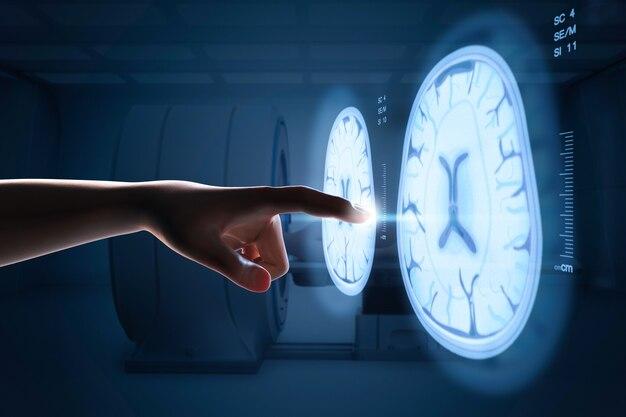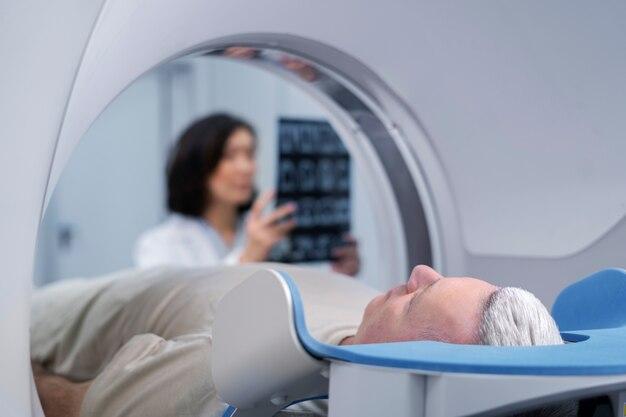You might be wondering what are the types of scanning. Welcome to our blog, where we will be digging into the fascinating world of medical and advanced diagnostic imaging.
We’ll look at several types of scans, their unique characteristics, and the many different applications of different types of scans they have in modern healthcare.
Whether you’re a medical expert looking to increase your knowledge or a curious layman looking to learn and inquire, this blog will provide you with a better grasp of these important diagnostic scans.
Exploring the world of scans: A Dive into Imaging Tests At Semwal Diagnostics.
Medical imaging plays an essential role in modern healthcare because it provides safe devices for healthcare practitioners to visualize and analyze interior mechanisms and systems of the human body.
It refers to a wide variety of technologies and imaging tests used to help in the diagnosis, treatment, and monitoring of different medical diseases.
Let’s make a Deep Dive into different types of Scans!
1. X-RAYS
X-rays are common diagnostic imaging scans that have been around for over a century. They use electromagnetic radiation to create pictures of bones, tissues, and organs inside the body.
Principle– X-rays, a type of imaging test, are a kind of electromagnetic radiation that may pass through the human body.
Working– When X-rays flow through the body, they are absorbed or dispersed by various tissues, resulting in the formation of a picture on a detector.
Uses– X-rays are frequently used to identify fractures, dislocations, infections, lung disorders (including pneumonia), and other anomalies.

Different types of X-Rays-
- A chest X-ray is a common type of imaging test, used to assess the heart, lungs, and chest wall. It may be helpful in the diagnosis of illnesses such as pneumonia, lung cancer, collapsed lungs, and rib fractures.
- Abdominal X-ray: An abdominal X-ray shows the organs in the abdomen, such as the stomach, intestines, liver, and kidneys. It can help in the diagnosis of problems such as intestinal blockages, kidney stones, and abdominal trauma.
- Bone X-rays are used to evaluate bones and joints. They are also known as skeletal X-rays. They are capable of detecting fractures, dislocations, arthritis, bone tumors, and other bone anomalies.
2. ULTRASOUND
Ultrasounds are popular imaging tests that use high-frequency sound waves to provide precise images of the inside components of the body.
Principle– Ultrasound is a non-invasive imaging and one of the methods of diagnostic scans that do not use ionizing radiation, making it safe and widely applicable to many different patient populations, including pregnant women and infants.
Working– Ultrasound works by sending sound waves into the body that bounce back as they come into contact with different tissues. The ultrasound diagnostic scans detect these echoes and convert them into pictures that can be viewed on a display in real time.
Uses– It is used to examine abdominal organs (including the liver, gallbladder, kidneys, and pancreas), evaluate the heart (echocardiography), assess the thyroid gland, and guide interventions such as biopsies and drainages.

There are 2 types of Ultrasound available at Semwal Diagnostics –
- Multiple 2D images of an organ or structure from different angles are captured and combined to form a three-dimensional picture in 3D ultrasound. In pregnancy, it is widely used to produce comprehensive views of the growing fetus, including face characteristics, limbs, and organs.
- 5D ultrasound is a complex imaging technology that combines 3D and 4D ultrasound with extra aspects including color Doppler and real-time visualization. Color Doppler visualizes blood flow inside vessels, providing information about circulation and diagnosing problems.
3. MRI
MRI, or Magnetic Resonance Imaging, is one of the diagnostic scans, an advanced diagnostic imaging procedure that generates broad pictures of the body’s interior structures using a strong magnetic field and radio waves.
Principle– MRI works by using a strong magnetic field to align hydrogen atoms within the body’s tissues. The atoms then release signals when they revert to their organic alignment once radio waves are delivered.

Working– The MRI equipment picks up these signals and converts them into precise cross-sectional pictures of the body.
Uses– It is often used to diagnose and monitor problems including brain and spinal cord abnormalities, joint and skeletal muscle cancers, cardiovascular conditions, and abdominal and pelvic conditions.
4. CT SCAN
CT Scan (Computed Tomography) scans, also known as CAT (Computerised Axial Tomography) scans, one of the types in different types of scans, are modern medical imaging procedures that provide thorough cross-sectional images of the body using a mix of X-rays and computer technology. CT scans are important diagnostic tools because they give extensive and reliable imaging data.
Principle- A computer then processes these pictures to provide detailed cross-sectional images, allowing for a more thorough visualization of interior structures.
Working- CT scans use rotating X-ray beams to produce multiple cross-sectional images from various angles.
Uses- They’re commonly employed in emergency care, cancer, neurology, and other fields. CT scans help in diagnosis, treatment planning, and monitoring the success of therapy.

How many Types of CT scans are there? They have been discussed below:
- A head CT scan is used to assess the brain, skull, and facial structures. It may help in the diagnosis of illnesses such as head injuries, strokes, brain tumors, brain hemorrhages, and sinus or skull anomalies.
- Chest CT Scan: A CT scan of the chest area offers broad pictures of the lungs, heart, blood vessels, and surrounding tissues. It is used to diagnose and monitor lung cancer, pulmonary embolism, pneumonia, and anomalies.
- Abdominal CT Scan: A CT scan performed on the stomach focuses on the liver, gallbladder, pancreas, kidneys, spleen, and gastrointestinal system. It is used to diagnose illnesses such as appendicitis and diverticulitis, as well as to measure stomach discomfort and discover tumors.
5. SONOMAMMOGRAPHY
Sonomammography A type in different types of scans, also known as breast ultrasound or breast sonography, is a medical imaging technique used to examine breast tissue.

Principle- It is frequently used together with mammography and breast cancer Tests as supplementary diagnostic techniques.
Working- A trained technician or radiologist performs a sonomammography using a portable transducer device that generates high-frequency sound waves. When these sound waves meet breast tissue, they bounce back as echoes, which are then translated into images using technology.
Uses– It is especially beneficial in distinguishing between solid tumors and fluid-filled cysts, as well as finding anomalies that mammography may not detect.
From CT Scans to Ultrasounds: Best services at ‘Semwal Diagnostics’
Welcome to Semwal Diagnostics Center at Dehradun, Where we offer different types of scans to cater to your medical needs.
Semwal Diagnostics is dedicated to providing affordable, accurate, and high-quality diagnostic imaging tests in a comfortable and patient-centered environment.
We pride ourselves on utilizing the latest and most advanced diagnostic imaging technology available. Our center is equipped with professional imaging equipment, including MRI machines, CT scanners, Ultrasound machines, and digital X-ray systems.
Our team consists of highly skilled and experienced radiologists and technologists who specialize in scan types.
Our commitment to advanced technology, expert professionals, patient comfort, and accurate diagnosis ensures that you receive the highest quality care and imaging tests.
1. What are the most common types of scans?
There are several different types of scans used in imaging, each serves unique features and the purpose of providing information about the body. Such as CT scans, ultrasounds, and X-rays.
2. Are there two types of CT Scans?
There are more than 2 types of CT scans- Brain CT scan, Abdomen CT scan, Pelvic CT scan, etc.
3. What are the 4 types of scans?
Four different types of scans are- ultrasound, MRI, X-rays, and CT scans.
4. What is the purpose of the types of scans?
The purpose of these different types of scans is to detect illnesses, conditions, and various tumors and anomalies found in the heart, brain, and bones.



